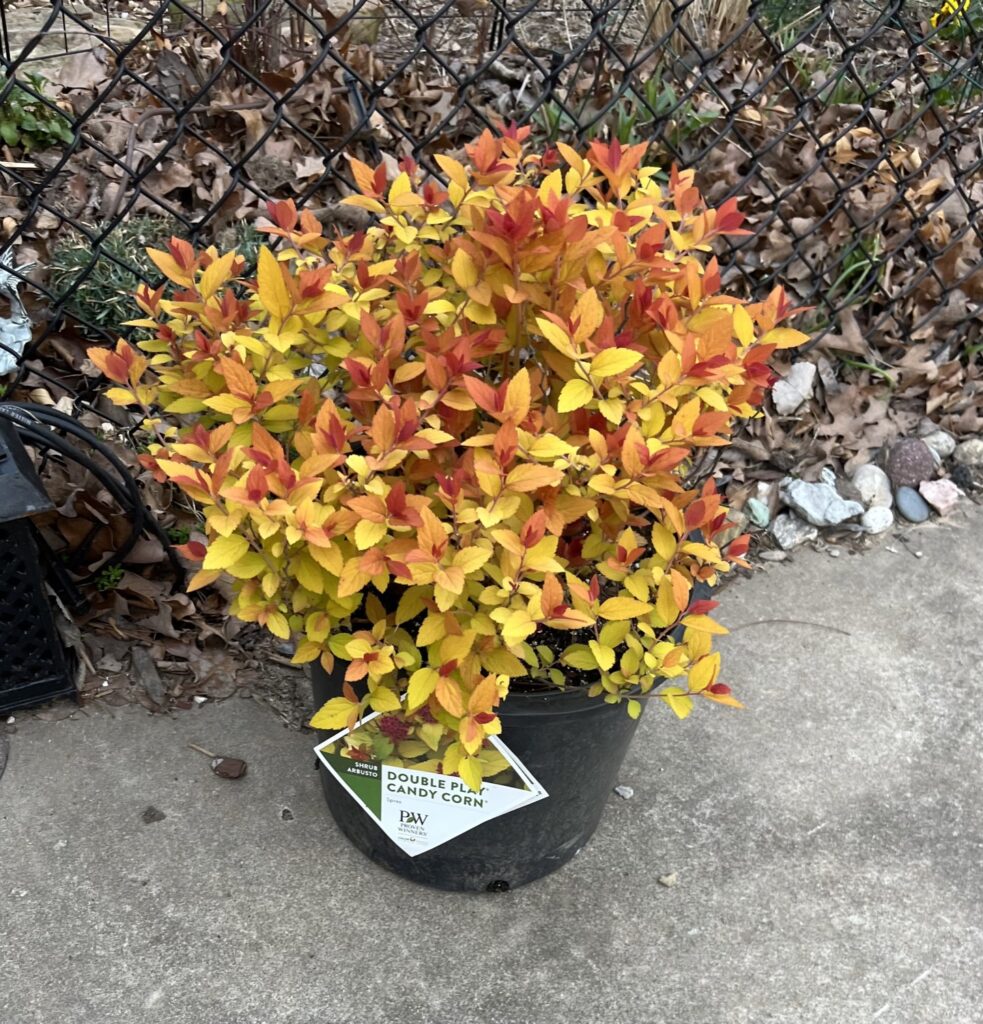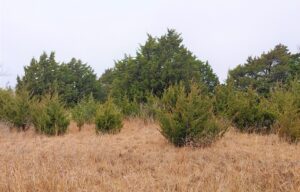Kathy Berryhill
Creek County Gardener
March is a rather fickle month. Just when we think winter is behind us, a cold front will undoubtedly move through. These alternating days of beautiful springlike weather, followed by deep freezes (and even snow), are well known in our Zone 7a. The recent warm sunny days were an invitation for gardeners to get out in the yard. New growth is appearing on plants, cool season gardens are in progress and old growth removal is cautiously beginning. As seasoned gardeners, we are used to late freezes in our area. Refrain from planting annuals yet as they will not survive the low temperatures and wet soil. Knowing we must proceed carefully, the month of March is a good time to do basic garden chores.

Last year’s drought killed some plants so this is a good time to remove and dispose of dead material. Take a look at your landscape and identify areas that need filling in. Most trees and shrubs can be planted now, but may require additional watering until roots are established. Consider which plants would work well and plant them on sunny days. Always read labels carefully and carefully consider water requirements and temperature tolerance. Several sources are predicating another summer of hot, dry temperatures. Drought tolerant plants will handle the heat better once they are well established. Spring planting will allow a plant to acclimate and grow roots before the summer heat hits.
An often-used method of planting involves amending the soil around the new plant. The thinking is that this will give the plant a better start. However, the trend now is to not improve the soil but simply dig a wider, not deeper, hole. A wider hole will break up the surrounding soil and give the roots easy access for expansion and provide better drainage. Most added amendments tend to have larger particles that will absorb water readily. But if the remaining ground doesn’t have this ability, the water will just stand in the amended soil and can lead to root rot. The decline of plant health looks similar to the result of overwatering and underwatering, making it hard to diagnose what is causing the plant to suffer. But added amendments could contribute to plant decline. When planting, dig a hole twice as wide as the root ball, but no deeper.
Destroying weeds in beds is beneficial at this time and will save work in the future. Once the seeds from weeds drop, the stage is set for regrowth of the weed. Weed growth will take needed nutrients from plants, having a negative effect on the plants. Take care to not dig too closely around desired plants when weeding as this disturbs roots. Simply pull weeds that are close to plants by hand.
Pampas grass, ornamental grasses, liriope (monkey grass) and old growth on perennials should be cut back now. Old, dead growth can be unsightly as new growth comes in and will use energy from the plant. Many Nandinas in our area have damaged foliage from winter. Prune close to the main stems to remove the dead growth. Remove any dead stalks to allow the plant’s resources to be used for new growth.
When trimming ornamental grasses tie off the old growth low to the ground first to make trimming and clean up easier. Shorter grasses ,such as Liriope, can be cut using a weed eater or a mower on larger stands. Cut the old growth into smaller pieces and before adding to your compost pile to promote decomposing.
Roses can be pruned after March 15. Pruning prompts new growth though, and if done too early can result in damage from freezes. Remove darkened, dead or diseased canes by using sharp hand clippers. Cuts should be made to encourage air flow in the center of the rose plant and should be made just above outward-facing buds. Hybrid rose canes can be cut back to 6”-24” to encourage flowering. Climbers should be pruned only after flowering. Remove any debris from around the rosebush to inhibit disease. Roses can be fertilized beginning April 1st.
Perennials that bloom in the summer and fall can be divided and replanted now. Take care to protect the roots during transplanting by leaving dirt around the roots to keep them moist. Prepare the new hole prior to dividing the plant to lessen the time the roots are out of the ground. New transplants will often go into shock from the move so continue to water well while they are reestablishing their roots. Adding mulch to new and established plants is always beneficial. Mulch conserves water evaporation and helps control weeds. When mulching take care to keep the mulch away from the stems and trunks as this practice can encourage rot and insect infestation.
Cool season grasses need fertilization now thru May and again in the fall. Reseeding can be done now, but these grasses may not develop adequate roots to survive summer. Continue to supply ample water during heat stress to prevent die back. Spring mowing of cool season grass should be around 3”. When mowing, don’t remove more than 1/3 of the blade.










